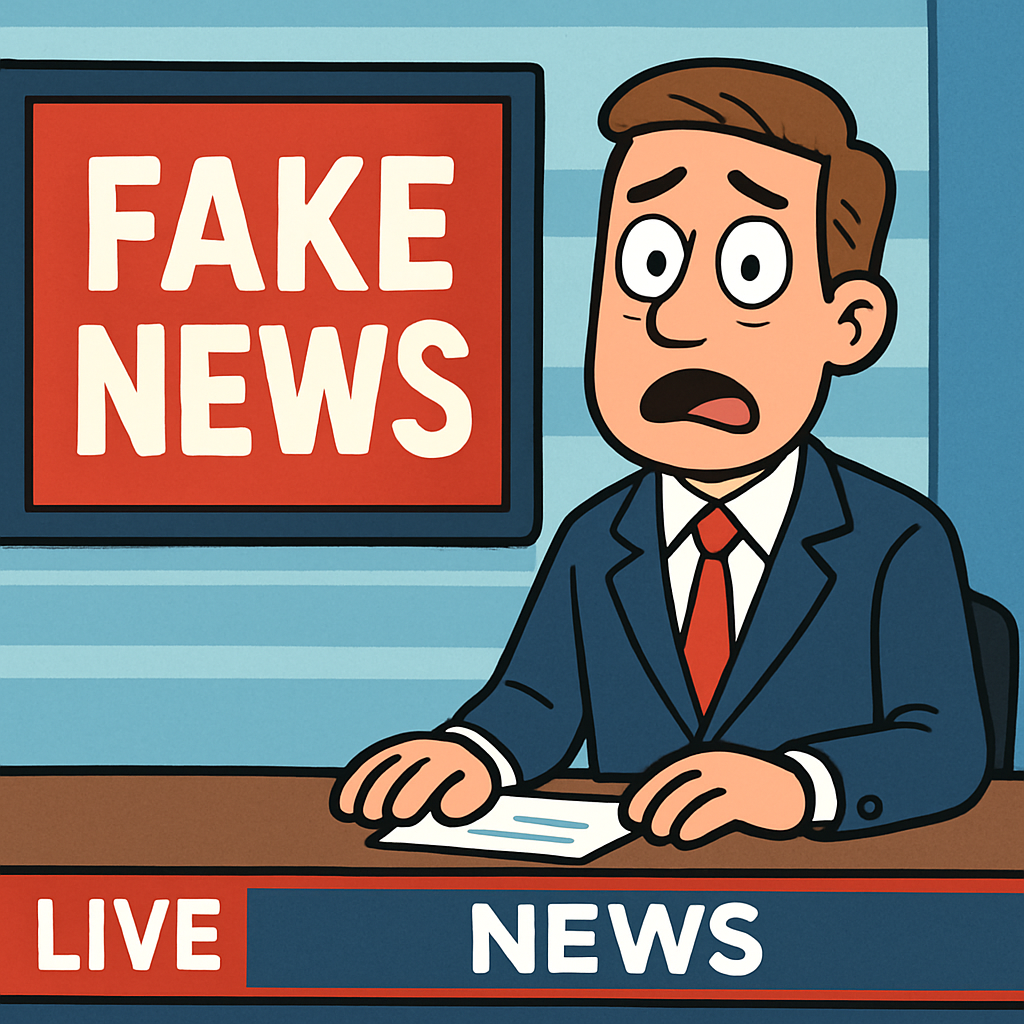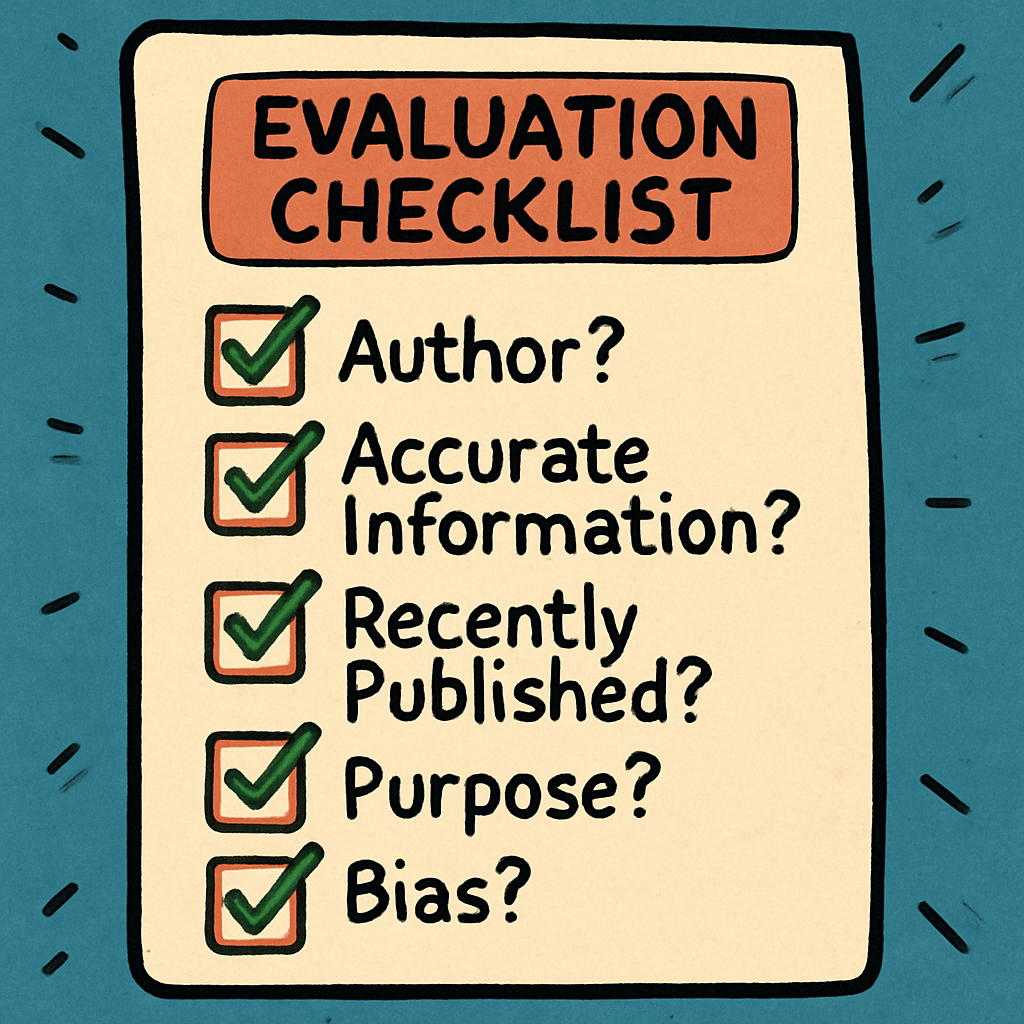 Why Source Reliability Matters in Online Research
Why Source Reliability Matters in Online ResearchImagine you are doing your homework and find some exciting information online, only to learn later that it is not correct. This can cause mistakes in your schoolwork and make you lose trust in things you find on the internet.
Reliable sources give you correct facts, help you stay away from wrong information, and let you make good choices. On the other hand, unreliable sources might have fake information or be made just to get your attention without caring about what is true. In this lesson, you will learn ways to spot reliable sources, so you can do research well and with confidence.
 A reliable source is a website, article, or piece of information that you can trust. It is based on checked facts, reviewed by experts, and does not try to trick you.
A reliable source is a website, article, or piece of information that you can trust. It is based on checked facts, reviewed by experts, and does not try to trick you.
Reliable sources have several important features that make them trustworthy. These include:
On the other hand, unreliable sources have features that make them less trustworthy. It is important to spot these to stay away from wrong information:
 It is important to know that not all information on the internet is true or fair. Some signs, called 'red flags', can show that a source might not be trustworthy. These could mean it is trying to trick you, get your attention in a bad way (called clickbait), or is just not good quality. Learning to spot these signs will help you stay away from bad information and make better choices when you look things up online.
It is important to know that not all information on the internet is true or fair. Some signs, called 'red flags', can show that a source might not be trustworthy. These could mean it is trying to trick you, get your attention in a bad way (called clickbait), or is just not good quality. Learning to spot these signs will help you stay away from bad information and make better choices when you look things up online.
Here is a list of common red flags. Each one has an explanation and examples to help you understand why it might mean the source is not reliable.
 To help you check online sources well, we have made a simple checklist with five questions. This checklist is a good way to decide if a source is reliable when you are doing research. You should use this checklist every time to get better at finding trustworthy information.
To help you check online sources well, we have made a simple checklist with five questions. This checklist is a good way to decide if a source is reliable when you are doing research. You should use this checklist every time to get better at finding trustworthy information.
 In this activity, you will use the skills you have learned to check some example headlines and search results. These are shown as if they came from a search on the internet for 'evidence of Bigfoot sightings'. This exercise will help you practise finding reliable sources in an organised way.
In this activity, you will use the skills you have learned to check some example headlines and search results. These are shown as if they came from a search on the internet for 'evidence of Bigfoot sightings'. This exercise will help you practise finding reliable sources in an organised way.
Please spend about 10–15 minutes to finish this activity.
The goal is to help you remember how to check if sources are reliable. You will use the evaluation checklist from earlier. This will teach you to spot red flags and decide if the information can be trusted. It will make you better at doing research.
| Headline | Source Description |
|---|---|
| 'Bigfoot Sighting Confirmed by Local Hunter!' | Posted on a personal blog with no identifiable author. Includes exaggerated language and no photos or evidence. The site contains ads and no contact information. |
| 'Exploring the Myth: What Science Says About Bigfoot' | Published on a university research site with expert commentary. Contains references, balanced viewpoints, and a recent publication date. |
| 'You Won’t Believe These Top 10 Bigfoot Facts!' | Hosted on a clickbait site with many pop-ups, bold colours, and no sources listed. The article has no date or author information. |
| 'Smithsonian Report Reviews 50 Years of Bigfoot Evidence' | Published on si.edu, the Smithsonian Institution’s official website. Features interviews, historical data, and links to academic research. |